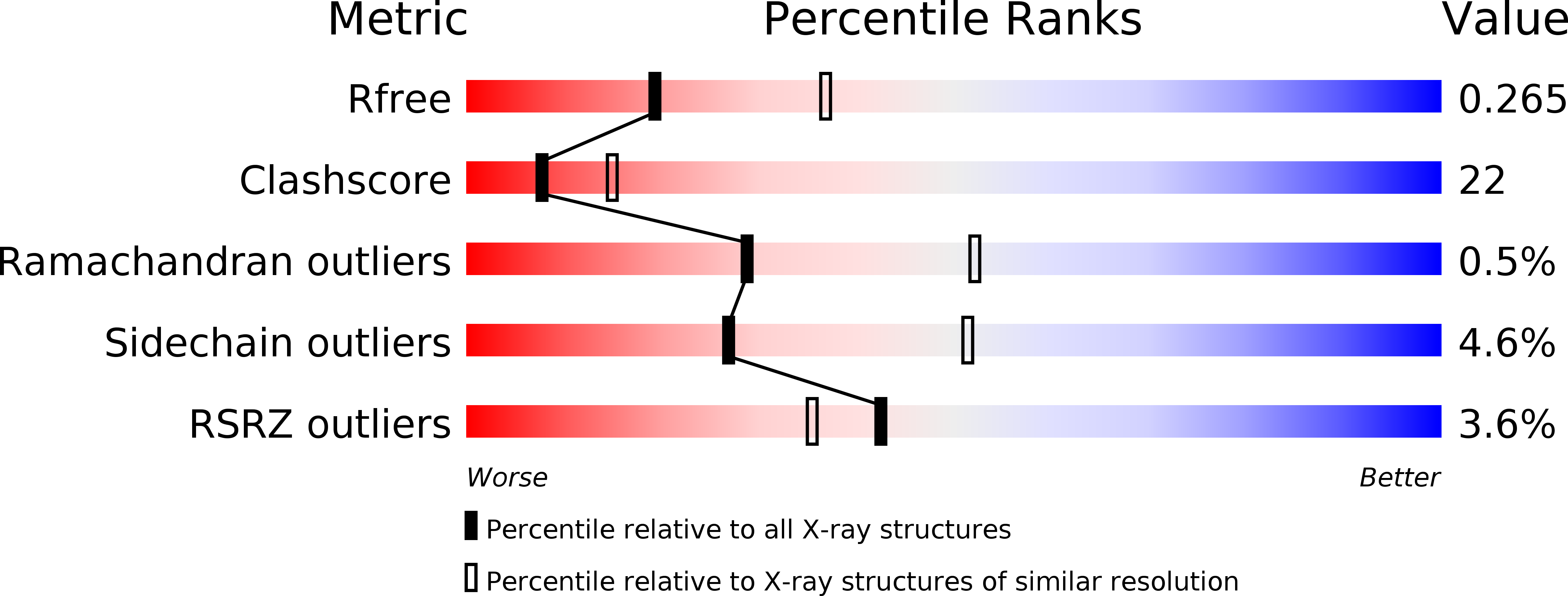
Deposition Date
2004-03-17
Release Date
2004-10-05
Last Version Date
2023-10-25
Method Details:
Experimental Method:
Resolution:
2.60 Å
R-Value Free:
0.27
R-Value Work:
0.22
Space Group:
P 42 2 2


